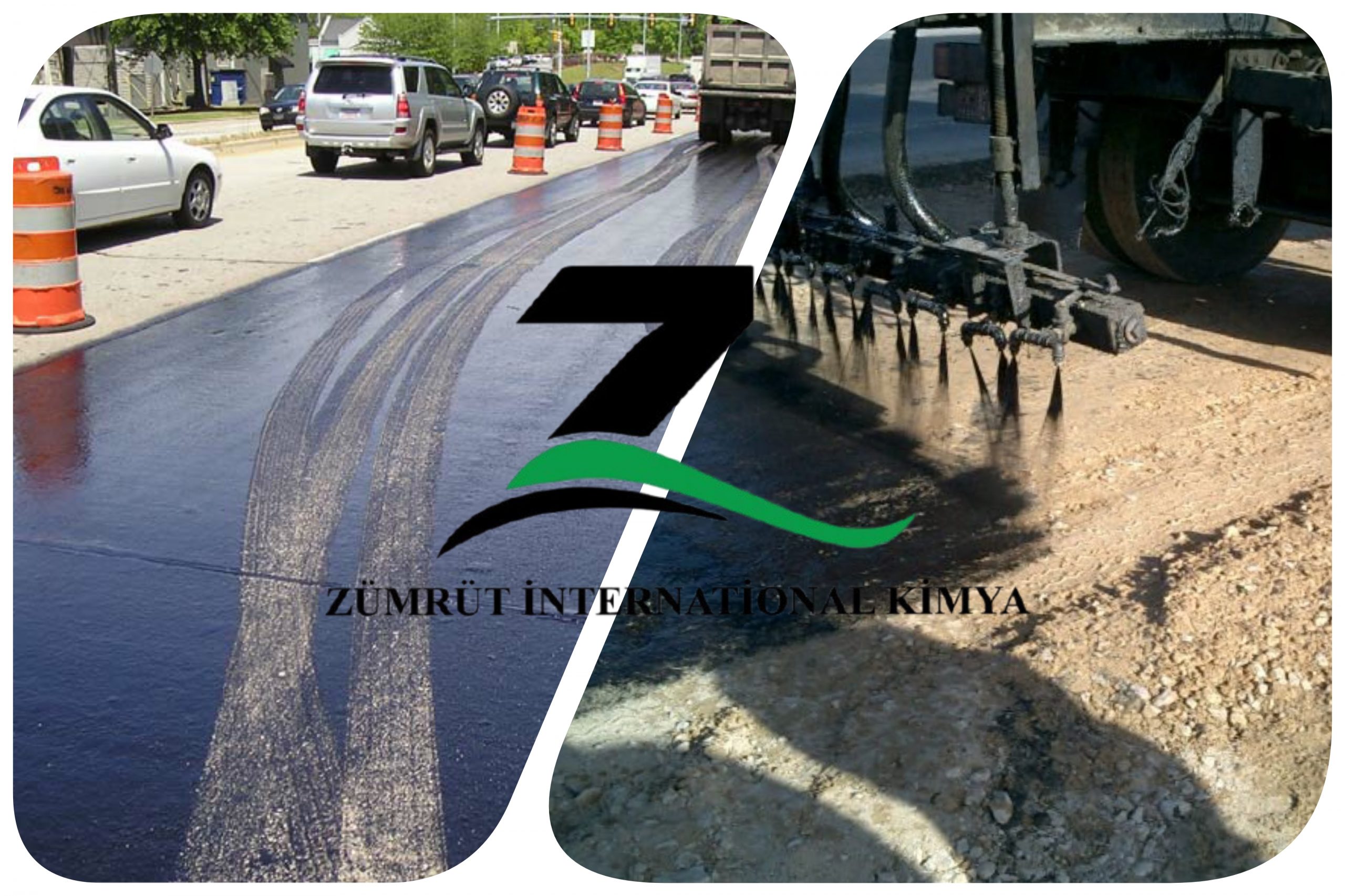
Description
If you have any experience in road construction, you have certainly heard of the names Prime Coat and Tack Coat, but what are Tack Coat and Prime Coat? Both of these methods are based on bitumen and are used in road construction, but there is a lot of difference between Prime Coat, Bitumen, and Tack Coat.
In the following, we will talk about each of these methods, their characteristics, and the difference between Prime Coat and Tack Coat.
What is Prime Coat?
Why should water not reach the asphalt? Because water and asphalt are incompatible with each other, and the pavement design must be such that it causes water to drain into the underlying layers. Note that if the Prime Coat is applied incorrectly, it will cause inefficient bonding of the gravel and reduce the properties and strength of the asphalt. Proper bonding of the aggregates to the asphalt layer is very important and leads to a reduction in longitudinal shear stress caused by acceleration and cracking of the asphalt surface due to the passage of vehicles.
In addition, the higher the viscosity of the bitumen used for the primer coat, the more resistant the overall structure of the asphalt will be to shear. If you have encountered asphalt cracks on highways and streets, you should know that the cause is most likely improper primer coating.
Of course, there are other reasons for cracking of the asphalt surface, including the use of inappropriate bitumen, the use of too little or too much bitumen, and the like. One of the important things that must be taken into account when installing the primer coat is the weather conditions during the application. For this reason, the primer coat must be applied in clear weather without rain. What is the point of applying the primer coat? The surface must be completely dry, clean and stable so that the gravel remains in place when the rollers pass through.
What is a tack coat and how does it work?
A surface coating or tack coat is a thin layer of asphalt that will ensure the coating and connection between the old and new asphalt layers. In addition, tack coat is used to renovate roads and paths and increase their strength.
The adhesion of tack coat is high, which is an excellent option for a strong and reliable connection between two asphalt layers. If tack coat is not used as an adhesive agent, the possibility of slipping and creating concentrated stresses in the asphalt increases, which ultimately leads to failure of the asphalt surface.
At the time of installation of tack coat, the road surface must be completely clean, free of any pollution and the weather conditions must be favorable. The best type of bitumen suitable for coating or tack coat is emulsion bitumen. One of the methods of installing Tack coat on roads is to place them using spray trucks. This truck must move at a uniform speed so that the coating is done evenly and uniformly.
Note that the amount of material used in coating directly affects the durability of the road, but this does not mean using too much bitumen. The appropriate amount in coating is determined according to the conditions of the road and the amount of defects it has.
Difference between Tack coat and Prime coat
Given that both Prime coat and Tack coat are used to coat roads and asphalt, in the following section we will examine the differences and the difference between Tack coat and Tack coat:
Prime coat is placed on a bed of sand and gravel, while Tack coat is installed on asphalt.
Prime coat is applied as a penetration and fills the pores between the gravel, but Tack coat is applied on the asphalt and superficially.
The bitumen used in prime coat and Tack coat are generally different, and the selection of the appropriate bitumen for each case is also done according to the climate of the installation area.
Prime coat is applied to increase the strength of the asphalt structure, and Tack coat is applied to create greater adhesion in the final layer and asphalt repairs.
Prime coat is a layer that is applied on the granular base layer and before the single coat, and Tack coat is installed in the last layer and in some cases as a sealant and asphalt protector.
Conclusion
In this article, we have explained to you the answer to the question of what is prime coat, and its difference from single coat. In this way, you understand what Adhesive Layer and prime coat are. Both of these methods are used to coat the asphalt surface, with Subsurface Sealer penetrating and Tack Coat coating the asphalt on the surface.
The differences between Subsurface Sealer and Tack Coat also lie in the installation layer, the type of bitumen used, the application method, and the performance of each.

